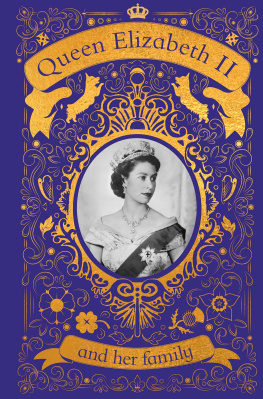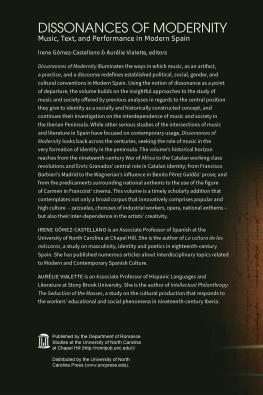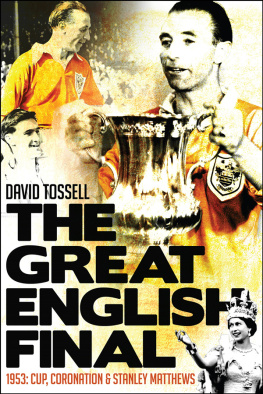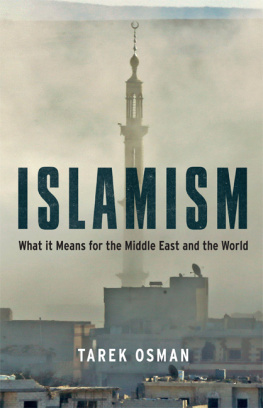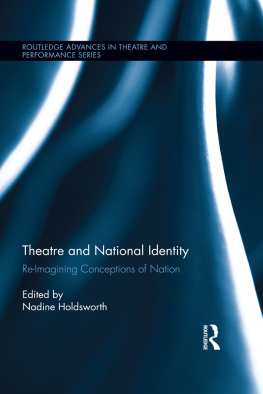
Irene Morra is Reader in English Literature at Cardiff University. She has published on drama, opera, literature and the arts, popular music, and English cultural nationalism. She is the author of Twentieth-Century British Authors and the Rise of Opera in Britain (2007), Britishness, Popular Music, and National Identity (2014) and Verse Drama in England, 19002015: Art, Modernity and the National Stage (2016).
Rob Gossedge is Lecturer in English Literature at Cardiff University, where he specializes in the literature and cultural afterlife of the Middle Ages and contemporary Welsh literature in English. He has published extensively on Chaucer, Arthurian myth, Robin Hood and other outlaw legends, twentieth-century medievalism, and Welsh literature in English. He is the author of Arthurian Literary Production in Britain, 18002000 (2016) and is currently working on a book-length study of the interrelation of medievalism and militarism in the Romantic period.
The New Elizabethans recognized themselves but it has taken two generations of scholars to recognize them and the contribution they made to the national identity of these islands. The New Elizabethan Age starts with the makers of the culture rather than some pale abstraction of it. Underpinning the whole scholarly enterprise is the relationship of the arts to politics. Not before time, Enid Blyton and Margot Fonteyn, Shakespeare and King Arthur have been asked constitutional questions (Who are the British?) in a single academic study.
Robert Colls, Professor of Cultural History, De Montfort University
I was ten during the Coronation so Im old enough to be a New Elizabethan. I was fascinated by the examination of the phenomenon and its legacy. Its a thought-provoking and illuminating investigation of deeply embedded social and cultural habits. Its both surgery and autopsy.
Sir Richard Eyre, Artistic Director of the National Theatre, 19871997
The New
Elizabethan Age
Culture, Society and National Identity
after World War II
Edited by Irene Morra and Rob Gossedge
Published in 2016 by
I.B.Tauris & Co. Ltd
London New York
www.ibtauris.com
Copyright Editorial Selection and Introduction 2016 Irene Morra and Rob Gossedge
Copyright Individual Chapters 2016 Scott Anthony, Arthur Aughey, Stephen Banfield, Melanie Bigold, Edward Bond, Tony Coult, Kelly De Luca, Rob Gossedge, Ayla Lepine, Irene Morra, Helen Phillips, Paul Stevens, John Wyver
The right of Irene Morra and Rob Gossedge to be identified as the editors of this work has been asserted by them in accordance with the Copyright, Designs and Patents Act 1988.
All rights reserved. Except for brief quotations in a review, this book, or any part thereof, may not be reproduced, stored in or introduced into a retrieval system, or transmitted, in any form or by any means, electronic, mechanical, photocopying, recording or otherwise, without the prior written permission of the publisher.
Every attempt has been made to gain permission for the use of the images in this book. Any omissions will be rectified in future editions.
References to websites were correct at the time of writing.
International Library of Twentieth Century History 90
ISBN: 978 1 78453 179 9
eISBN: 978 0 85772 867 8
ePDF: 978 0 85772 834 0
A full CIP record for this book is available from the British Library
A full CIP record is available from the Library of Congress
Library of Congress Catalog Card Number: available
Typeset Fakenham Prepress Solutions, Fakenham, Norfolk, NR21 8NN
CONTENTS
ACKNOWLEDGEMENTS
The editors would like to thank the Institute of English Studies, and particularly Jon Millington, for their encouragement of the early formulation of this project. They are grateful to have received a financial grant from the Scouloudi Foundation in association with the Institute of Historical Research. Thanks, too, to the estates of John Verney and Edward Bawden for their kind generosity, and to Jo Godfrey, for her professionalism and support of this project throughout its many phases.
ILLUSTRATIONS
. Cecil Beaton, Queen Elizabeth II, 1953. National Portrait Gallery
. Edward Bawden, promotional poster for the 1946 Ealing film Hue and Cry . Edward Bawden Estate
. John Verney, cover to Young Elizabethan , May 1953. John Verney Estate
. John Verney, cover to Young Elizabethan , June 1953. John Verney Estate
. Ninette de Valois at the Royal Opera House, Covent Garden, 1946. Royal Opera House/ArenaPAL
. Homage to the Queen at the Royal Opera House, Covent Garden, 1953. Royal Opera House/ArenaPAL
. Radio Times cover, 24 April 1960. Radio Times
. Radio Times cover, 1 May 1960. Radio Times
CONTRIBUTORS
Scott Anthony is Assistant Professor of Public History at Nanyang Technological University, Singapore. His books include Public Relations and the Making of Modern Britain (Manchester University Press, 2012) and The Projection of Britain: A History of the GPO Film Unit (BFI, 2011).
Arthur Aughey is Professor of Politics at Ulster University, Senior Fellow at the Centre for British Politics at the University of Hull and Fellow of the Academy of Social Sciences. His recent publications include The Politics of Englishness (Manchester University Press, 2007), These Englands , edited with Christine Berberich (Manchester University Press, 2011) and The British Question (Manchester University Press, 2013). He is currently working on a study of the Conservative Party and the English Question.
Stephen Banfield is Professor Emeritus at the University of Bristol. A musicologist, he has published critical studies of composers of American musicals and English art songs, while also pursuing the social and cultural history of music in Britain and the British world. A book mapping six centuries of music in an English region, West Country Sounds , is in the offing.
Melanie Bigold is Senior Lecturer in English Literature at Cardiff University. She specializes in seventeenth- and eighteenth-century literary and book history, and is the author of Women of Letters, Manuscript Circulation and Print Afterlives in the Eighteenth Century (Palgrave, 2012). In a previous life she trained as a professional dancer at the Australian Ballet School and the Royal Winnipeg Ballet Professional Division.
Edward Bond is a playwright, theorist, poet and director. From his first plays at the Royal Court Theatre in the 1950s to his contemporary work in Europe and with Big Brum, his work challenges the complacency of much contemporary drama and theatre. He is the author of over 50 plays.
Tony Coult is a playwright, critic and alternative theatre historian, currently working with the Unfinished Histories project. He is the author of The Plays of Edward Bond: A Study (Methuen, 1977) and About Friel: The Playwright and the Work (Faber, 2003) , and has written drama for youth and community theatre and BBC Radio.
Ayla Lepine is Visiting Fellow in Art History at the University of Essex. A specialist in British and American Gothic Revival architecture, she has held postdoctoral fellowships at the Courtauld Research Forum and Yales Institute of Sacred Music. She is co-editor of Gothic Legacies (2012) and Revival: Memories, Identities, Utopias (2015), and has published articles on Anglican art and empire, Kenneth Clark and the Gothic Revival, and modern medievalism in British sacred space.



